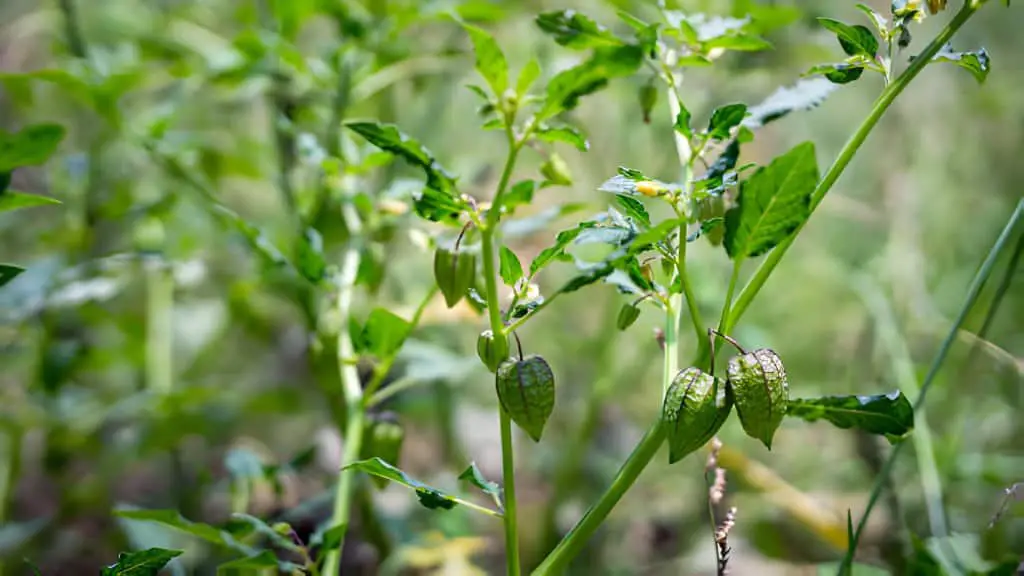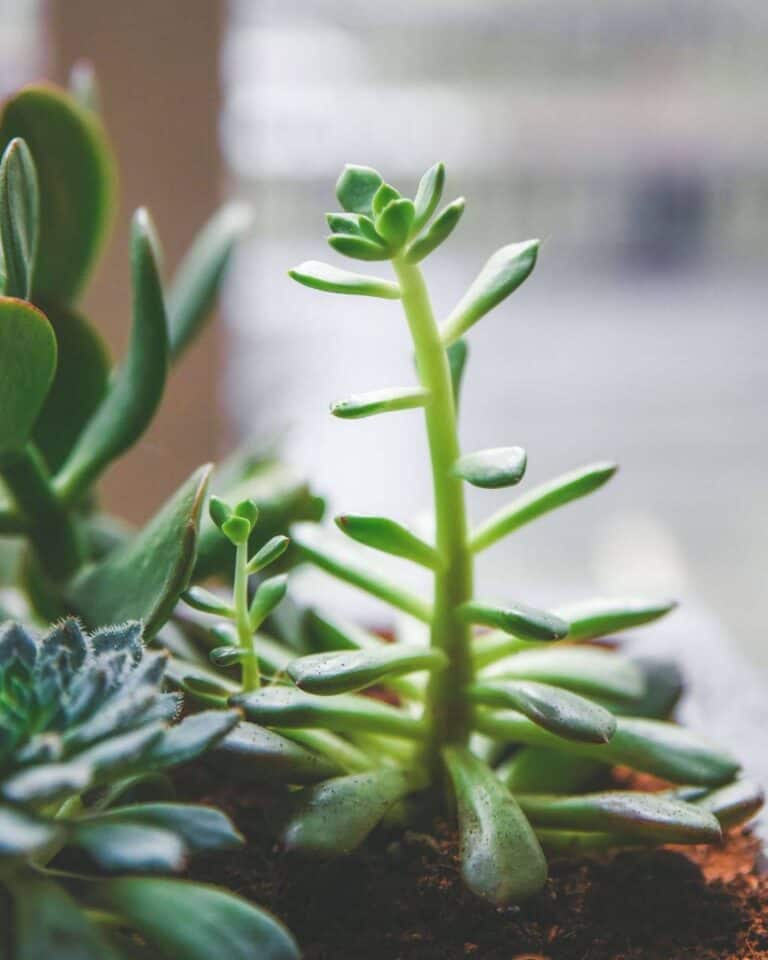Pruning Chinese Lantern Plants: Trimming and Care Guide

Chinese Lantern plants have unique, papery, orange, lantern-like pods. They add a whimsical touch to gardens and landscapes. Proper pruning is key. It is needed to keep their special look. It also ensures their health and long life.
This guide is comprehensive. We will take you through the step-by-step process of pruning Chinese Lantern plants. It will help you to enhance their beauty and promote fast growth.
Are you a skilled gardener trying to improve or a beginner eager to learn? This article will give you the knowledge and confidence to prune your Chinese lantern plants like a pro. This will keep them healthy and vibrant year-round.
Understanding Chinese Lantern Plants
Before diving into pruning, it’s helpful to understand Chinese Lantern plants.
- Botanical Name: Physalis alkekengi
- Features: They are bright orange, lantern-shaped pods. They encase small red berries. They are often used in dried flower arrangements.
- Growth Habit: Perennial herbaceous plant, spreading through rhizomes, reaching up to 2 feet in height.
- Sunlight Requirements: It thrives in full sun to partial shade. It is adaptable to various soil conditions but prefers well-drained soil.
Why Prune Chinese Lantern Plants?

Pruning Chinese Lantern plants serves several purposes:
- Shape and Aesthetic Appeal: Pruning helps keep a compact, tidy shape. It makes the plant look better.
- Health Maintenance: Removing dead or diseased parts stops pests and diseases from spreading. This promotes overall plant health.
- Encouraging Flowering and Fruit Production: Proper pruning sparks new growth. It also encourages the plant to make more lanterns and berries.
When to Prune Chinese Lantern Plants
Timing is crucial when pruning Chinese Lantern plants to maximize their health and blooming potential:
- Early Spring: Prune in early spring before new growth begins to remove any dead or damaged stems from winter.
- Late Fall: After the lanterns have dried and before winter sets in, prune to shape the plant and prepare it for the next growing season.
How Often Should I Prune My Chinese Lantern Plant?
Pruning Chinese Lantern plants is essential for maintaining their health and appearance. These vibrant plants, known for their bright orange lantern-shaped seed pods, can become unruly if not properly managed. Regular pruning helps keep them tidy and encourages robust growth.
Frequency of Pruning:
- Early Spring: Prune heavily to remove any dead or damaged branches.
- Mid-Summer: Lightly prune to maintain shape and remove any overcrowded areas.
- Late Fall: Trim back the plant to prepare it for winter dormancy.
| Season | Pruning Activity | Purpose |
| Early Spring | Heavy pruning of dead/damaged branches | Stimulate new growth, maintain health |
| Mid-Summer | Light pruning | Maintain shape, reduce overcrowding |
| Late Fall | Trim back | Prepare for winter dormancy |
Regularly checking your Chinese Lantern plant ensures it remains healthy and vibrant. Adjust your pruning routine based on the plant’s growth and condition, making sure to use clean, sharp tools to avoid spreading disease.
Tools Needed for Pruning
Before you start pruning, gather the necessary tools:
- Pruning Shears: Sharp, clean shears for precise cuts.
- Gloves: Protect hands from potential irritation caused by the plant’s stems.
- Disinfectant: Clean tools before and after pruning to prevent the spread of diseases.
Pruning Chinese Lantern Plants (Step-by-Step Guide)
- Inspect the Plant: Begin by examining the Chinese Lantern plant. Identify any dead, damaged, or diseased stems that need removal. Look for overcrowded areas that may benefit from thinning.
- Remove Dead or Diseased Stems: Use sharp pruning shears. Cut back any dead or diseased stems to healthy growth points. Make clean cuts at a 45-degree angle just above a healthy leaf node.
- Thin out overcrowded areas: If the plant is dense, prune stems to let in air and light. This helps prevent fungal diseases and encourages healthy growth.
- Shape the Plant: To maintain an attractive shape, prune back any straggly or overly long stems. Focus on achieving a balanced and compact form, ensuring the plant looks tidy and well-maintained.
- Prune After Flowering: After the lanterns have dried and turned papery, prune the plant to remove spent stems and shape it for the next season. This step encourages the plant to produce new growth and prepares it for winter.
Table: Pruning Schedule for Chinese Lantern Plants
| Season | Tasks | Benefits |
| Early Spring | Remove dead/damaged stems, shape plant | Stimulate new growth, prevent disease spread |
| Late Fall | Prune for shape, prepare for winter | Maintain plant health, encourage flowering |
| As Needed | Remove diseased or overcrowded stems | Improve air circulation, enhance aesthetic appeal |
Aftercare Tips for Pruned Chinese Lantern Plants
After pruning, follow these tips to ensure your Chinese Lantern plants thrive:
- Watering: Provide adequate water, especially during dry spells, to support new growth.
- Fertilizing: Use a balanced fertilizer in early spring. It promotes healthy leaves and flowers.
- Mulching: Mulch around the base of the plant to retain moisture and suppress weed growth.
- Winter Protection: In colder climates, apply a layer of mulch around the base of the plant to protect the roots from freezing temperatures.
Common Pruning Mistakes to Avoid
- Over-Pruning: Avoid removing more than one-third of the plant’s foliage at a time, as this can stress the plant.
- Improper Timing: Pruning at the wrong time can reduce flowering and berry production. Stick to the recommended pruning schedule for best results.
- Neglecting Tool Maintenance: Always clean and disinfect pruning tools. This prevents the spread of diseases between plants.
Conclusion
Pruning Chinese Lantern plants is a rewarding task that enhances their beauty and promotes healthy growth. By following this step-by-step guide and understanding the needs of your plants, you can ensure they thrive year after year.
You may have a garden or grow Chinese Lantern plants indoors. Proper pruning will help them live longer and look better. Enjoy the vibrant colors and unique characteristics of Chinese Lantern plants in your landscape or home garden. Happy pruning!






